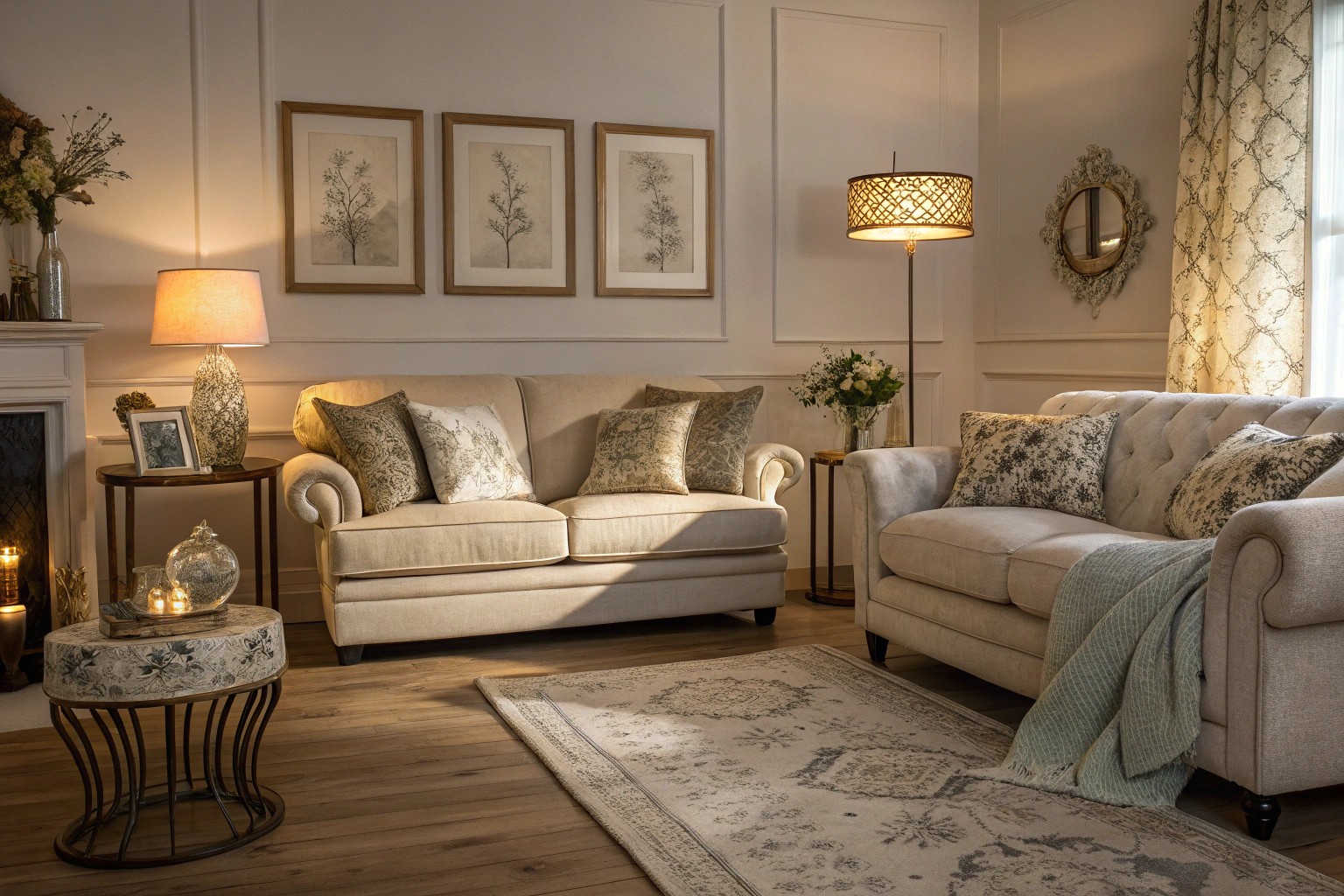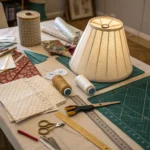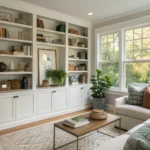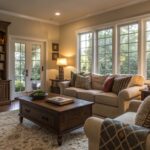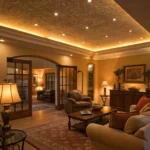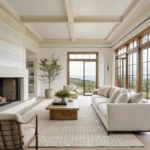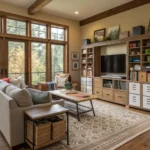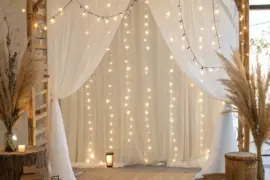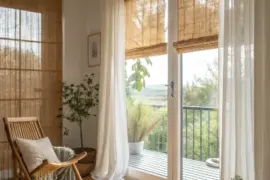In the rhythm of daily life, our living spaces can gradually lose their vitality, becoming invisible backdrops rather than sources of inspiration and comfort. The concept of a 10-minute decor reset emerges from the understanding that transformative change doesn’t require extensive renovations or significant financial investment—instead, it harnesses the power of intentional, focused adjustments that can dramatically shift the energy and visual appeal of any space.
Understanding the Psychology of Space Reset
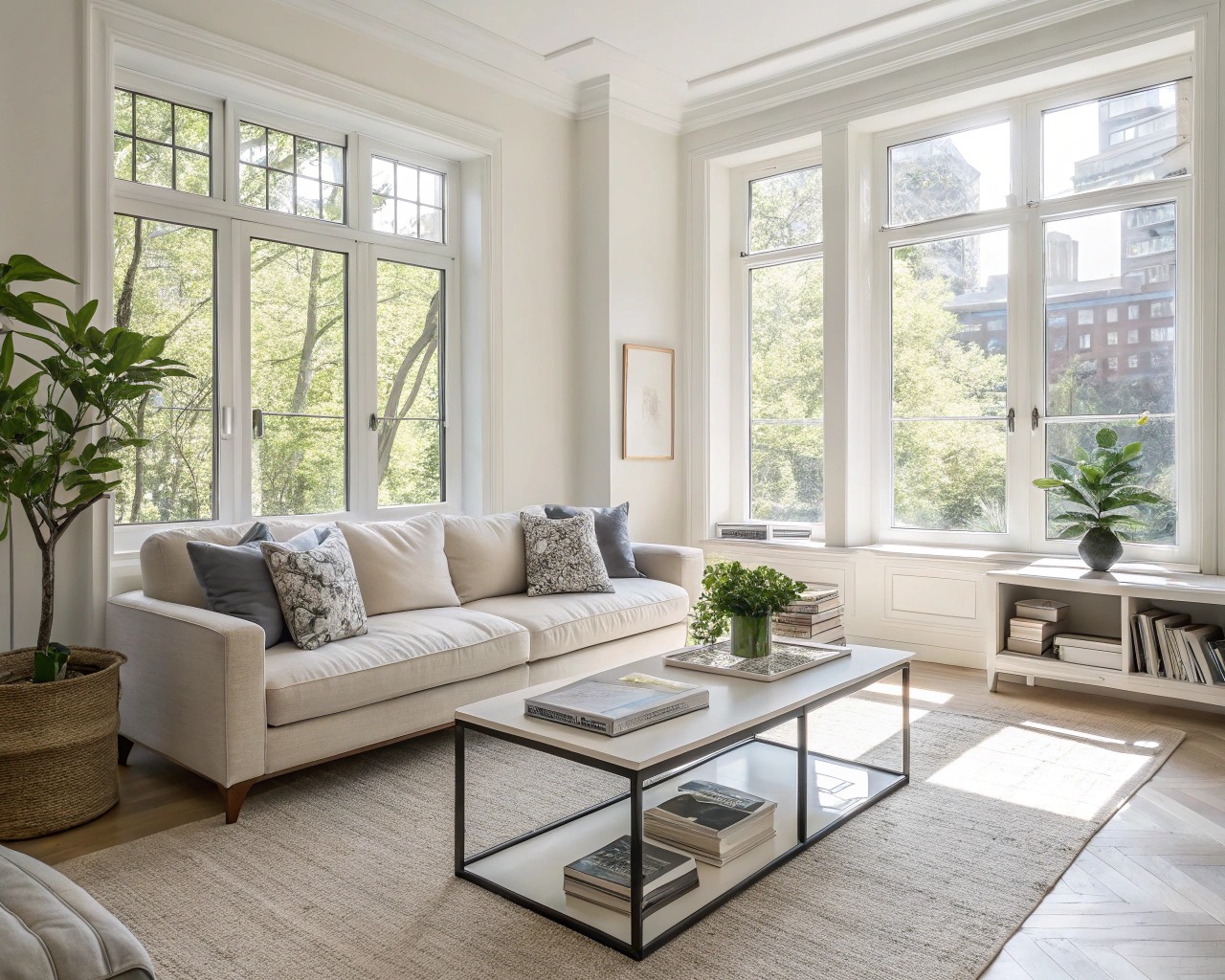
The relationship between our physical environment and mental state operates on principles rooted in environmental psychology. When we inhabit the same spaces daily, our brains naturally begin to filter out familiar visual elements, a phenomenon known as habituation. This explains why spaces that once felt fresh and inspiring can gradually feel stagnant or uninspiring, even when nothing has physically deteriorated.
The energy shift that occurs through strategic decor adjustments stems from breaking these patterns of visual habituation. Surface-level changes create immediate cognitive disruption, forcing our brains to re-engage with familiar spaces as if encountering them anew. This neurological reset can produce measurable improvements in mood, creativity, and overall satisfaction with our living environment.
Research in environmental design demonstrates that spaces perceived as organized and intentional contribute to reduced cortisol levels and improved cognitive function. The 10-minute reset leverages this principle by creating moments of deliberate curation that transform chaotic or stagnant environments into purposeful, energizing spaces.
The 10-Minute Reset Framework
Core Principles of Effective Space Transformation
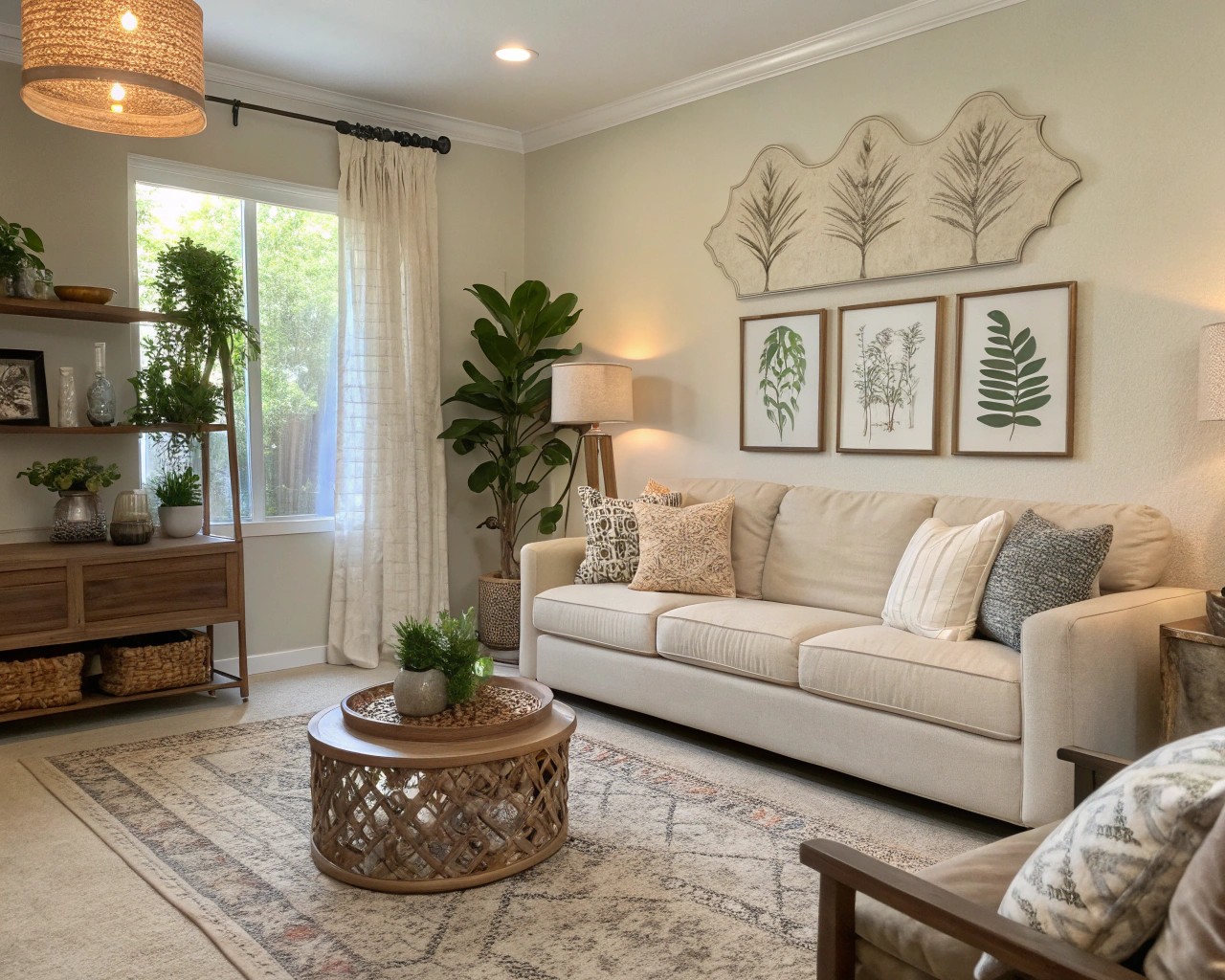
The foundation of any successful decor reset rests on three fundamental principles: removal, redistribution, and strategic addition. This systematic approach ensures maximum visual impact within the time constraint while avoiding the overwhelm that often accompanies larger decorative projects.
Removal forms the first and most critical step, addressing what design professionals term “visual noise”—the accumulation of decorative elements that compete for attention rather than contributing to a cohesive aesthetic. Setting a timer for the initial three minutes, begin by collecting surface decorations, small accessories, and items that have migrated from their intended locations. This process, sometimes called “undecorating,” creates visual breathing room and allows remaining elements to gain prominence and purpose.
Redistribution involves the strategic movement of existing items between rooms or within the same space to create fresh visual relationships. This technique capitalizes on the principle that familiar objects can feel entirely new when encountered in different contexts or arrangements. The key lies in considering how light, scale, and color relationships change when items are repositioned.
Strategic addition completes the framework through the thoughtful introduction of one or two high-impact elements. These additions should address specific sensory experiences—texture, fragrance, or visual focal points—that enhance the room’s overall energy without creating new clutter.
Time Allocation Strategy
| Phase | Duration | Primary Actions | Expected Outcome |
|---|---|---|---|
| Removal | 3 minutes | Clear surfaces, collect displaced items | Visual breathing room |
| Redistribution | 4 minutes | Relocate existing decor, adjust arrangements | Fresh perspective |
| Strategic Addition | 2 minutes | Introduce one high-impact element | Enhanced ambiance |
| Final Assessment | 1 minute | Step back, make micro-adjustments | Cohesive completion |
Room-by-Room Reset Strategies
Living Room Energy Transformation
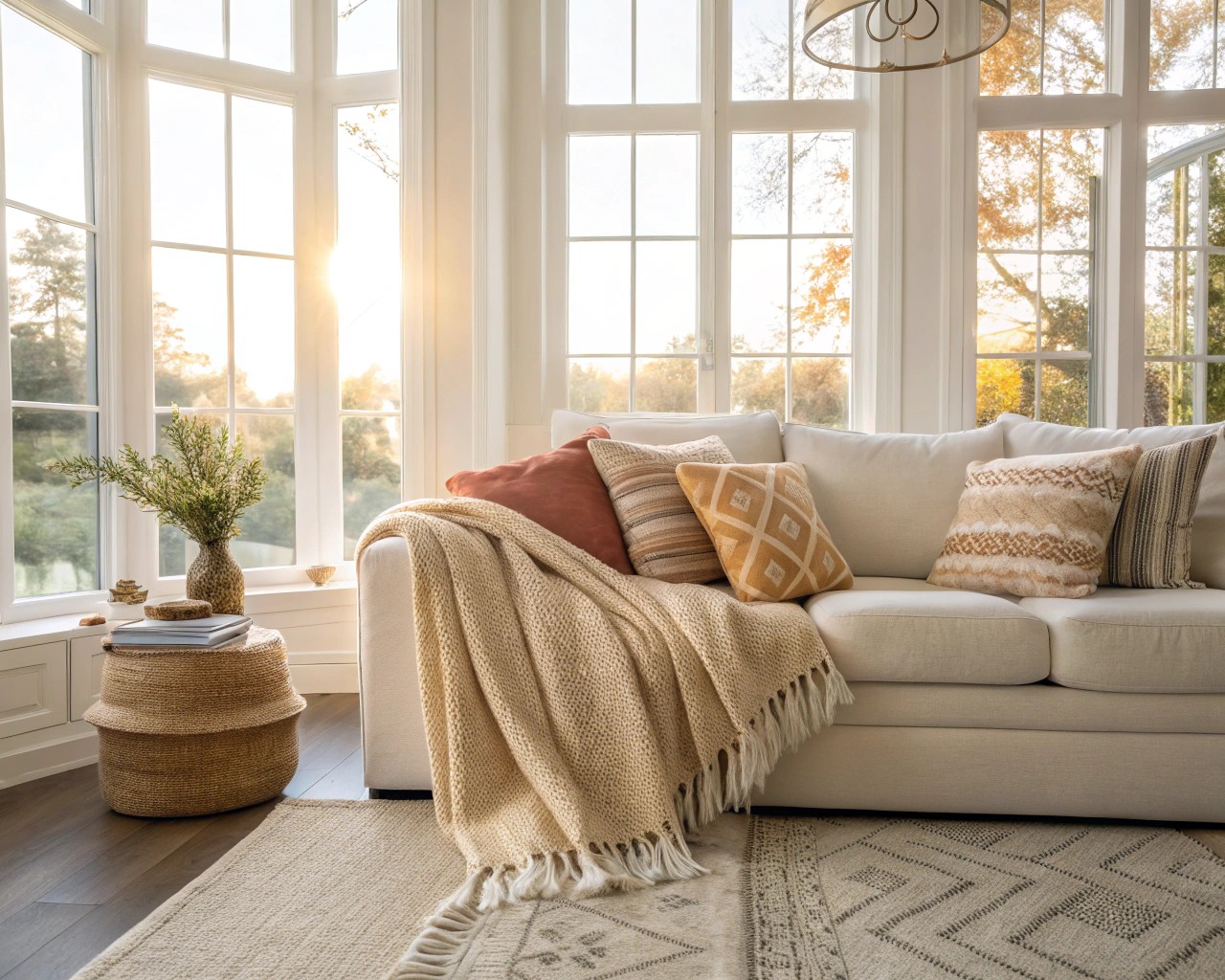
The living room serves as the social and visual heart of most homes, making it an ideal candidate for dramatic 10-minute transformations. Begin by addressing textile relationships—the interplay between cushions, throws, and curtains that defines much of the room’s tactile and visual character.
I’ve observed that simply changing the fold of a throw blanket can alter an entire room’s perceived energy level. Instead of the typical neat fold over a sofa arm, try draping the fabric with deliberate casualness, allowing it to pool slightly on the floor. This technique introduces an element of relaxed sophistication while adding textural depth to rigid furniture lines.
For quick visual impact, mirror positioning offers unparalleled effectiveness in expanding spatial perception and enhancing natural light distribution. Moving an existing mirror to catch afternoon light or reflect an attractive view can instantly brighten and energize the entire space. Position mirrors to reflect appealing elements—artwork, plants, or outdoor views—rather than functional areas like doorways or cluttered surfaces.
Strategic plant repositioning addresses both air quality and visual composition simultaneously. Move plants closer to seating areas to create intimate conversation zones, or group smaller plants at varying heights to establish vertical interest. Consider the interplay between plant forms and furniture shapes—rounded planters soften angular furniture, while architectural plants like snake plants or fiddle leaf figs complement sleek, modern lines.
Bedroom Sanctuary Reset
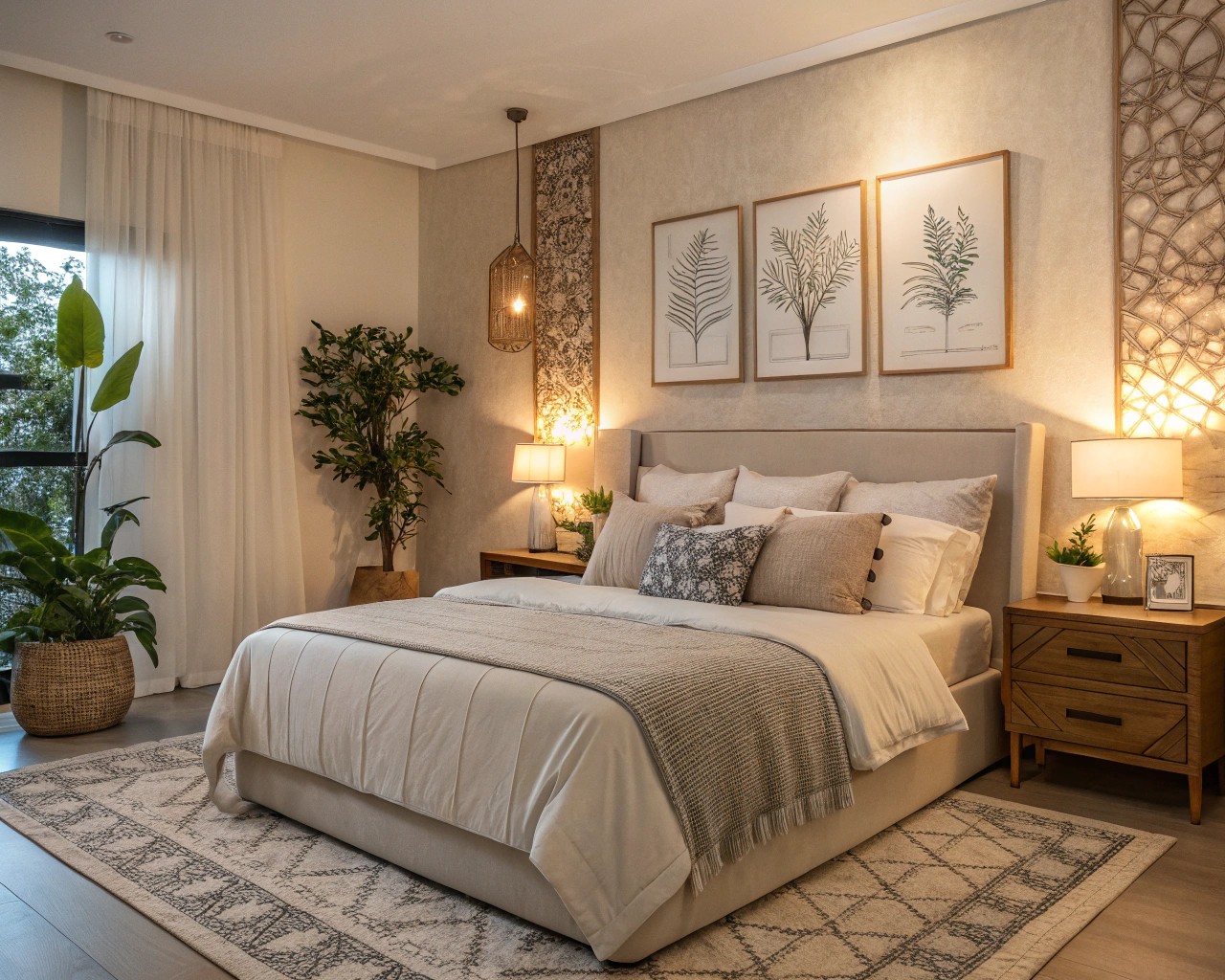
Bedroom resets focus on creating an immediate sense of order and tranquility that impacts both visual appeal and sleep quality. The most transformative single action involves bed styling beyond basic making. This extends the traditional bed-making process to include intentional pillow arrangement, strategic throw placement, and attention to bedding texture relationships.
Layer bedding materials to create visual and tactile interest—combine smooth cotton sheets with textured throws, or pair crisp percale with heavier woven blankets. The contrast between materials prevents the overly coordinated appearance that can make bedrooms feel impersonal or static.
Lighting adjustments dramatically influence bedroom energy without requiring electrical work. Replace overhead lighting with table lamps during evening hours, or introduce candles for immediate ambiance enhancement. Consider the color temperature of existing bulbs—warmer tones (2700K-3000K) create relaxing environments, while cooler tones energize and focus attention.
Surface curation involves the strategic styling of nightstands, dressers, and other bedroom surfaces. Apply the “rule of three” by grouping items—books, small plants, or decorative objects—in odd numbers for visual harmony. Leave significant portions of surfaces clear to maintain the sense of calm essential to bedroom environments.
Kitchen and Dining Area Refresh
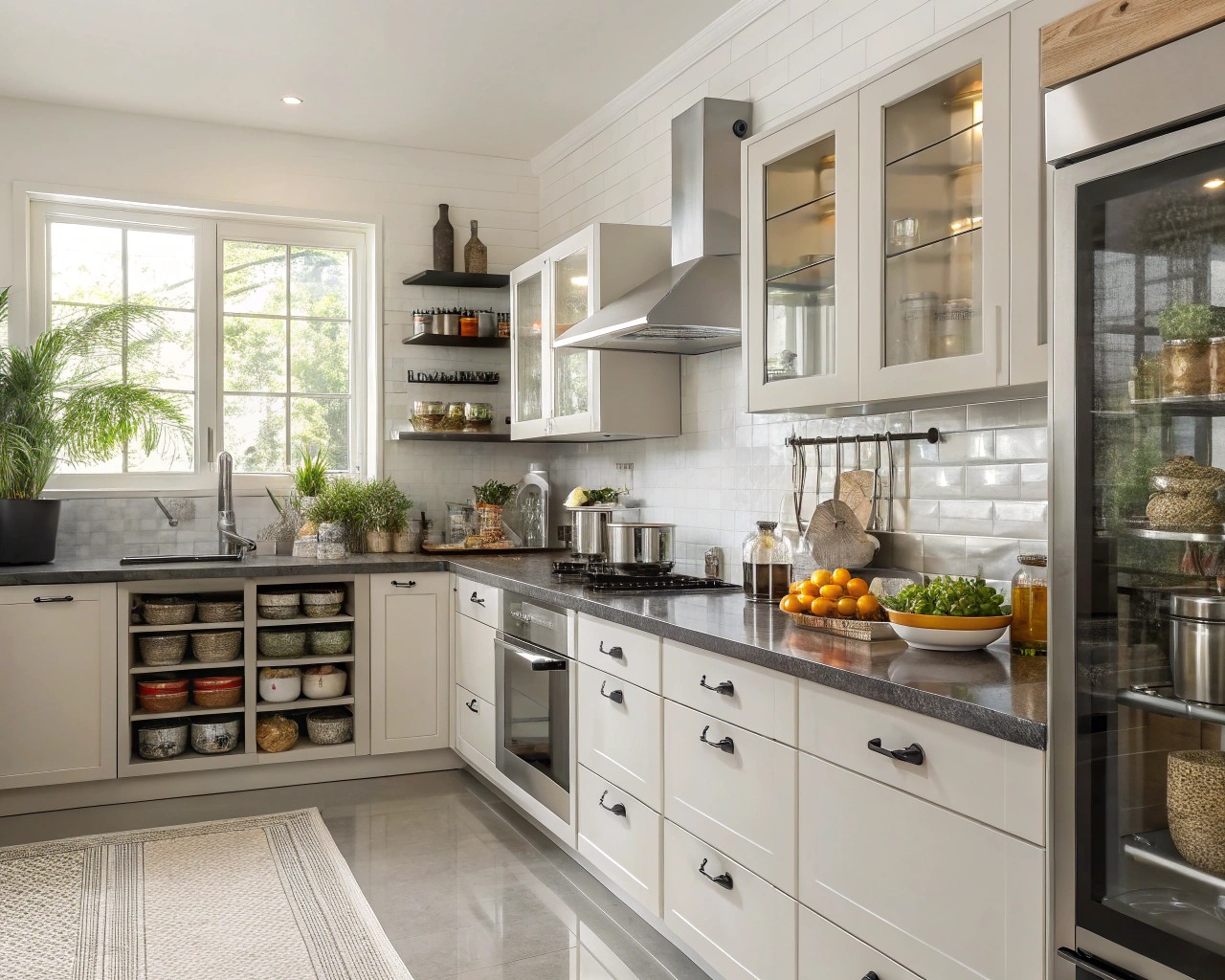
Kitchen resets leverage the room’s inherent functionality while enhancing its social and aesthetic appeal. Countertop management provides the foundation for all other improvements, as clear surfaces create immediate visual relief and improved functionality.
Beyond basic decluttering, consider the visual weight distribution of remaining items. Group similar heights together while maintaining clear pathways for food preparation. Introduce a single statement piece—a bowl of seasonal fruit, a small potted herb, or an attractive cutting board—to serve as a focal point without compromising workspace functionality.
Dining table styling transforms eating spaces into gathering environments through strategic centerpiece and place setting consideration. Replace traditional table runners with full-length tablecloths that extend nearly to the floor, creating elegant draping and visual weight. For casual dining, maintain bare tabletops but introduce textural contrast through rough-hewn wood trays or irregular ceramic bowls that draw attention without overwhelming the space.
Advanced Techniques for Energy Transformation
Color Psychology and Strategic Accent Placement
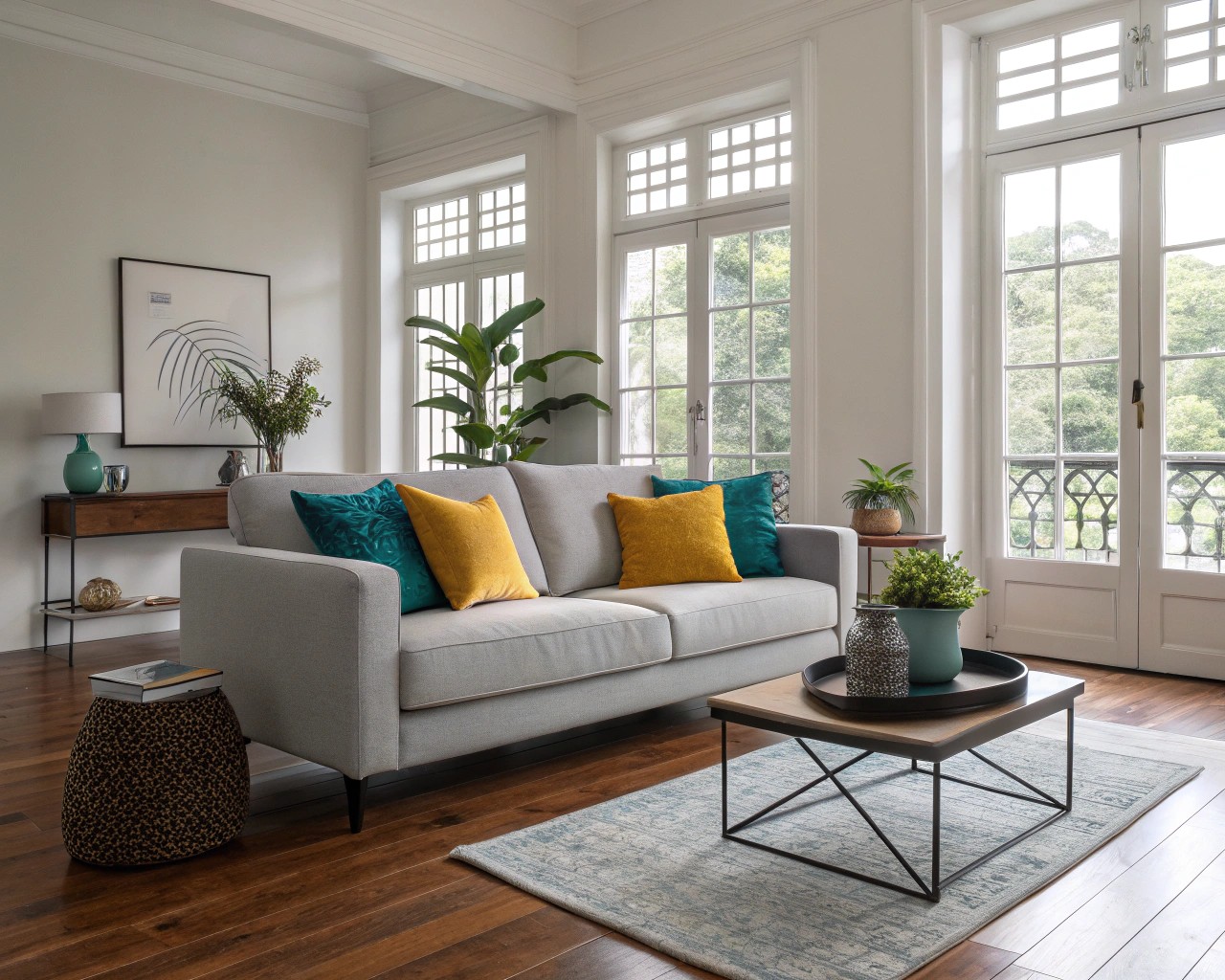
Understanding color psychology enables more sophisticated 10-minute resets that address emotional as well as visual needs. Warm colors (reds, oranges, yellows) stimulate conversation and energy, making them ideal for social spaces, while cool colors (blues, greens, purples) promote calm and contemplation, better suited to bedrooms and study areas.
Rather than repainting walls, introduce color through strategic accent placement. A single bright cushion can energize a neutral sofa, while a collection of books with coordinated spine colors can transform a bookshelf into an intentional design element. Consider the 60-30-10 rule: 60% neutral base, 30% secondary color, and 10% accent color for balanced color relationships.
Metallics serve as neutral accents that add sophistication without overwhelming existing color schemes. Brass accessories warm cool color palettes, while silver and chrome elements complement warmer tones. Mix metallic finishes deliberately rather than attempting perfect matching—the slight variation creates visual interest and prevents overly coordinated appearances.
Texture and Pattern Integration
Layered textures create sophisticated visual depth that registers subconsciously, contributing to overall space satisfaction without obvious decoration. Combine smooth surfaces with rough textures, soft fabrics with hard materials, and matte finishes with subtle sheens to create engaging tactile relationships.
Pattern integration requires careful balance to avoid visual chaos. Use the pattern scale principle—combine large-scale patterns with small-scale patterns and solid colors for harmonious relationships. A large geometric rug can anchor a space with smaller patterned cushions, while solid-colored furniture provides visual rest areas.
Seasonal Adaptation Strategies
Seasonal resets maintain year-round interest while acknowledging natural rhythms and changing light conditions. Spring resets emphasize lighter fabrics and increased plant presence, while autumn adjustments introduce richer textures and warmer color temperatures.
Consider how seasonal light changes affect existing decor. Items that appear perfectly placed in summer may need repositioning as daylight hours shorten and window angles change. Adjust mirror placement and lighting to compensate for seasonal variations in natural illumination.
Seasonal and Situational Applications
Holiday and Event Preparation
The 10-minute reset framework adapts effectively for special occasions without requiring extensive decoration or preparation time. Pre-event resets focus on creating welcoming environments that accommodate guests while maintaining the home’s essential character.
For dinner parties, concentrate efforts on the pathway from entrance to dining area, ensuring these spaces feel intentional and inviting. Clear sight lines, strategic lighting, and subtle fragrance introduction through candles or fresh flowers create memorable impressions without overwhelming existing decor.
Post-event resets restore normalcy while preserving positive energy from successful gatherings. Remove event-specific decorations while retaining elements that enhanced the space’s overall appeal. This selective retention helps identify permanent improvements for future implementation.
Transition Management
Life transition periods—moving homes, changing seasons, or recovering from illness—benefit from gentle environmental adjustments that support emotional adaptation. During these times, the 10-minute reset provides manageable change without overwhelming decision-making capacity.
Focus on comfort enhancement rather than dramatic transformation during transitional periods. Soft lighting, familiar textures, and organized surfaces create psychological security while maintaining visual interest. Introduce single elements of hope or aspiration—fresh flowers, uplifting artwork, or plants—to encourage forward momentum.
Maintenance and Long-Term Success
Establishing Reset Rhythms
Weekly reset schedules prevent the accumulation of visual fatigue that necessitates more extensive interventions. Sunday afternoon resets prepare spaces for the upcoming week while providing meditative closure to weekend activities. These sessions combine practical tidying with intentional styling to maintain both function and beauty.
Involve household members in brief, focused reset activities that build collective investment in shared spaces. Assign specific areas or tasks to different family members, rotating responsibilities to maintain engagement and prevent the burden from falling disproportionately on one person.
Seasonal Evaluation and Adjustment
Quarterly assessments identify successful changes worth maintaining and unsuccessful experiments requiring modification. Document particularly effective combinations through photos or notes for future reference and replication in other spaces.
Evaluate how seasonal light changes, furniture wear, and evolving lifestyle needs impact previous reset decisions. This ongoing assessment ensures that quick fixes evolve into lasting improvements rather than temporary band-aids for underlying design challenges.

